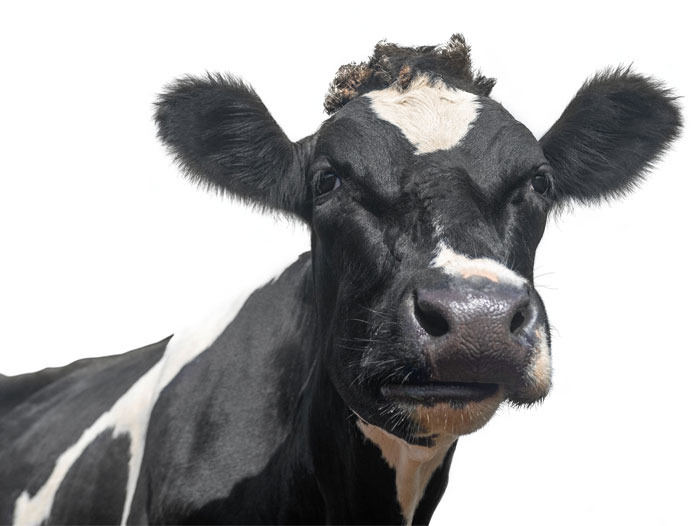Scale Economies Provide Advantages to Large Dairy Farms
August 11, 2020 | 1 min to read

American dairy farms cover a wide range of herd sizes, from 50 cows or fewer, through midsized operations of 300-400 cows, and up to larger operations with several thousand cows. On average, larger farms have lower production costs than smaller farms; the differences are substantial and hold across a wide range of herd sizes. While herd size is not the only factor that matters for production costs, these scale-related cost differences are important. As a result, larger farms are more likely to realize positive net financial returns to milk production, even though their average revenues per hundredweight of milk produced are, on average, somewhat smaller than the revenues of smaller farms.
The evidence for this finding is based on the milk costs and returns estimates produced by USDA’s Economic Research Service (ERS), which are developed from surveys of dairy farms conducted as part of USDA’s annual Agricultural Resource Management Survey (ARMS). ERS and USDA’s National Agricultural Statistics Service (NASS) develop a large and representative sample of dairy farms for a special dairy module of the survey, which is conducted every 5-6 years, most recently in 2016. While the survey covers both conventional and organic operations, cost comparisons in this article focus on conventional operations only.
To read the rest of the story, please go to: USDA Economic Research Service
